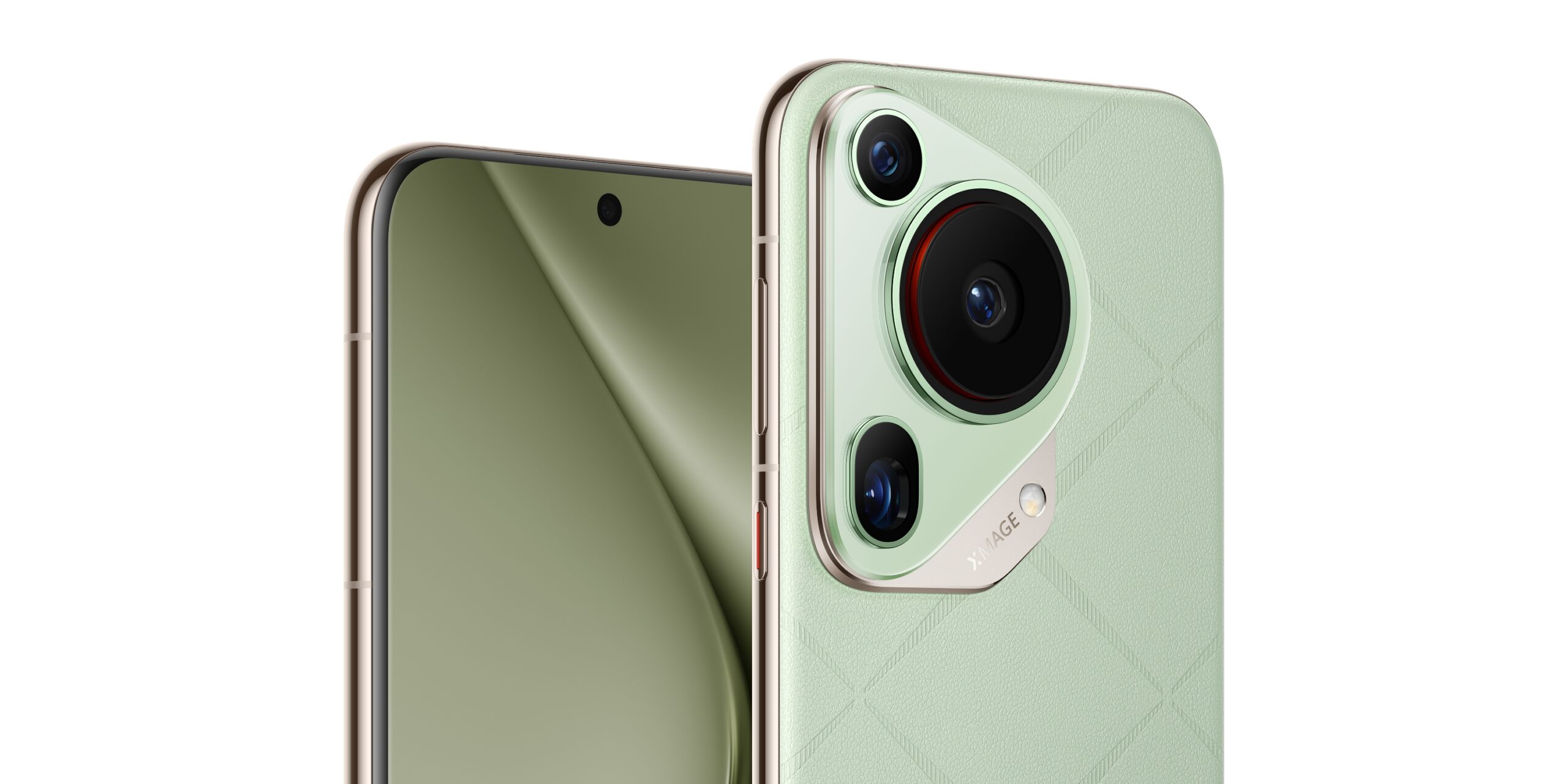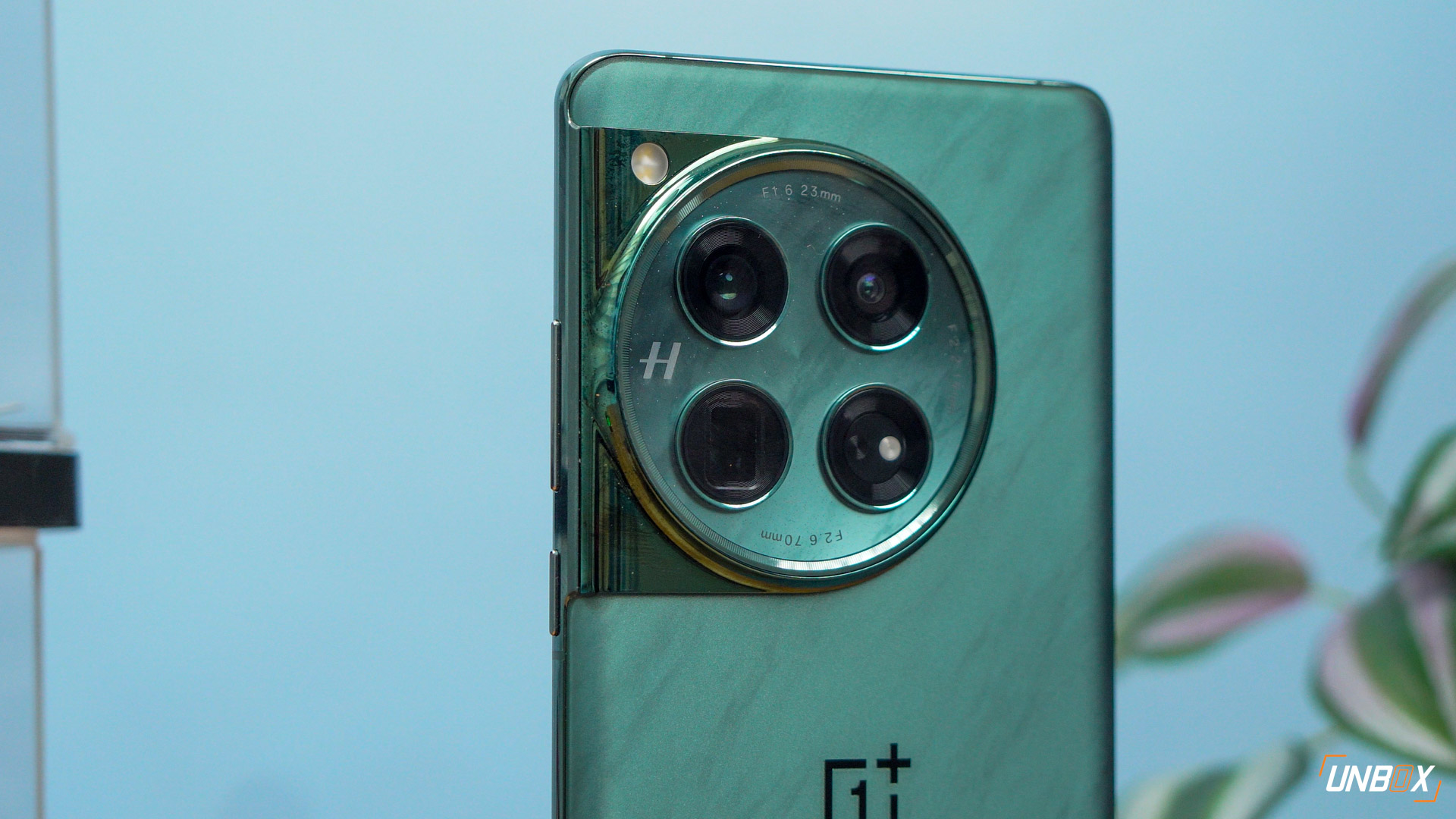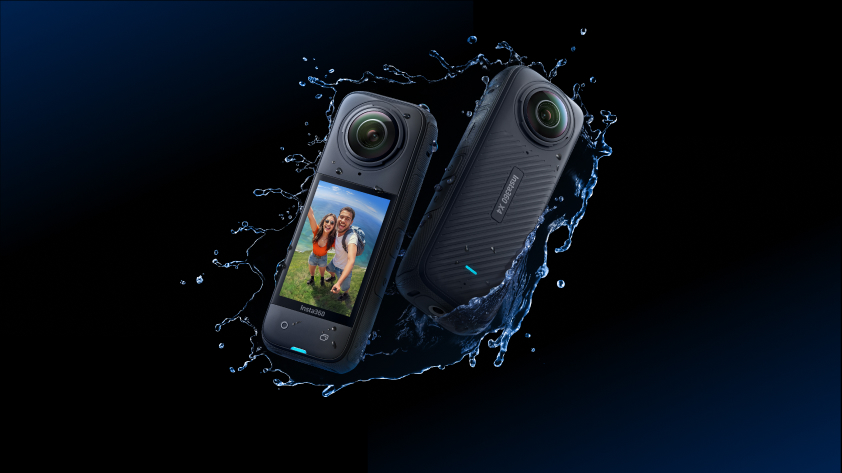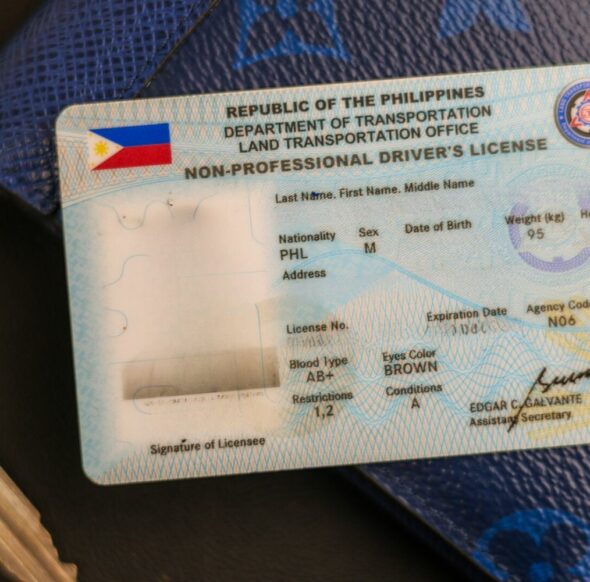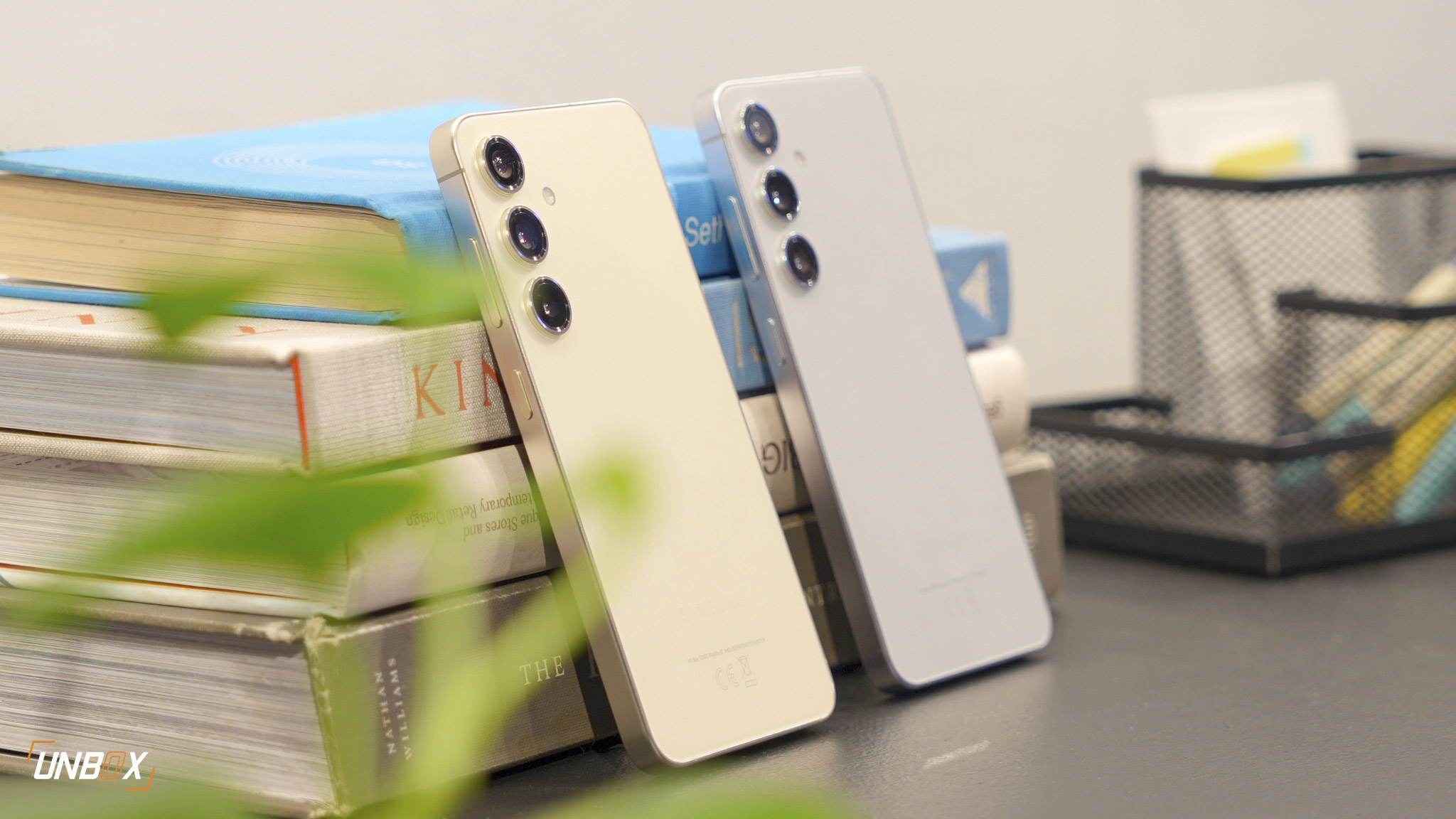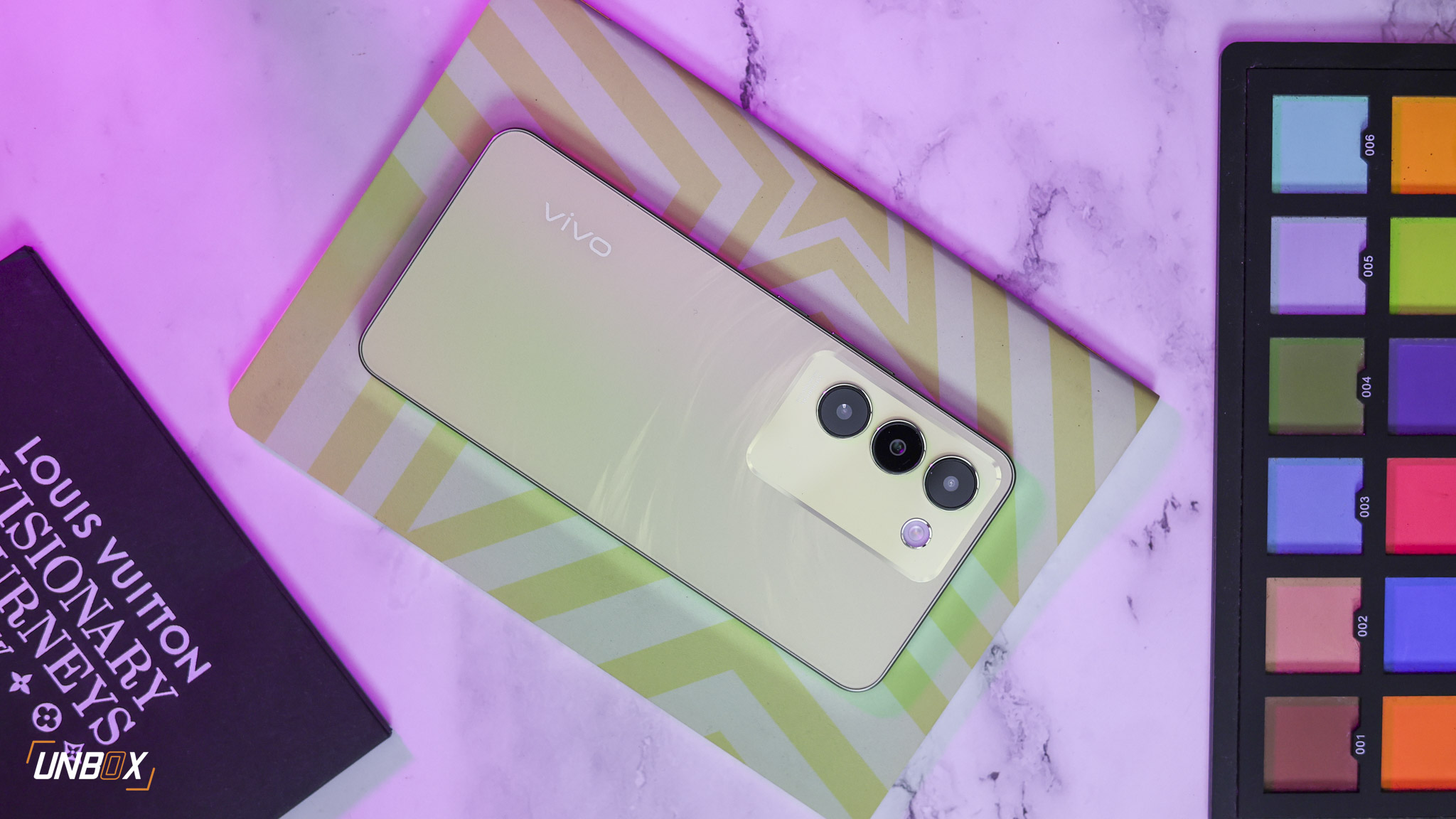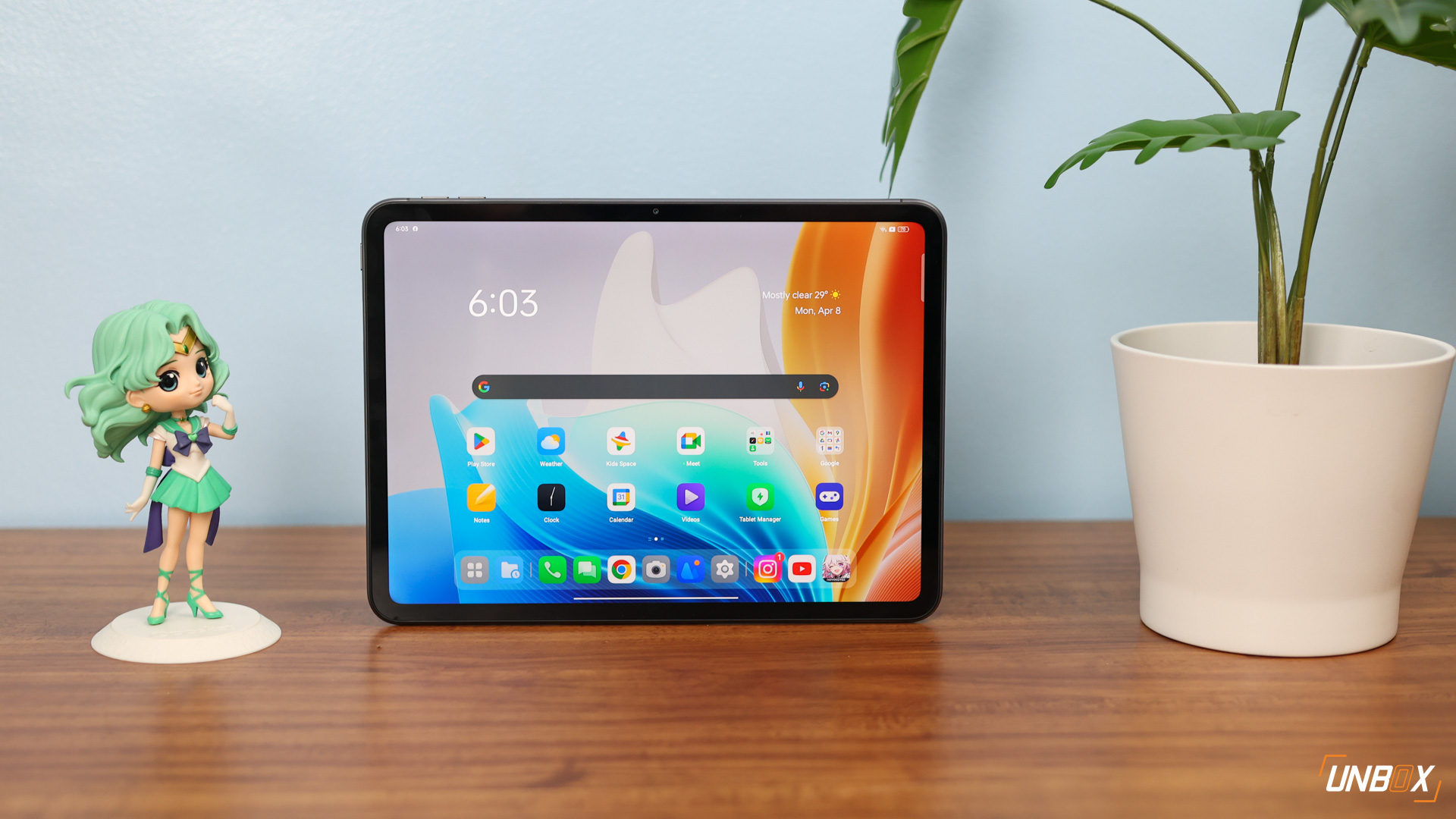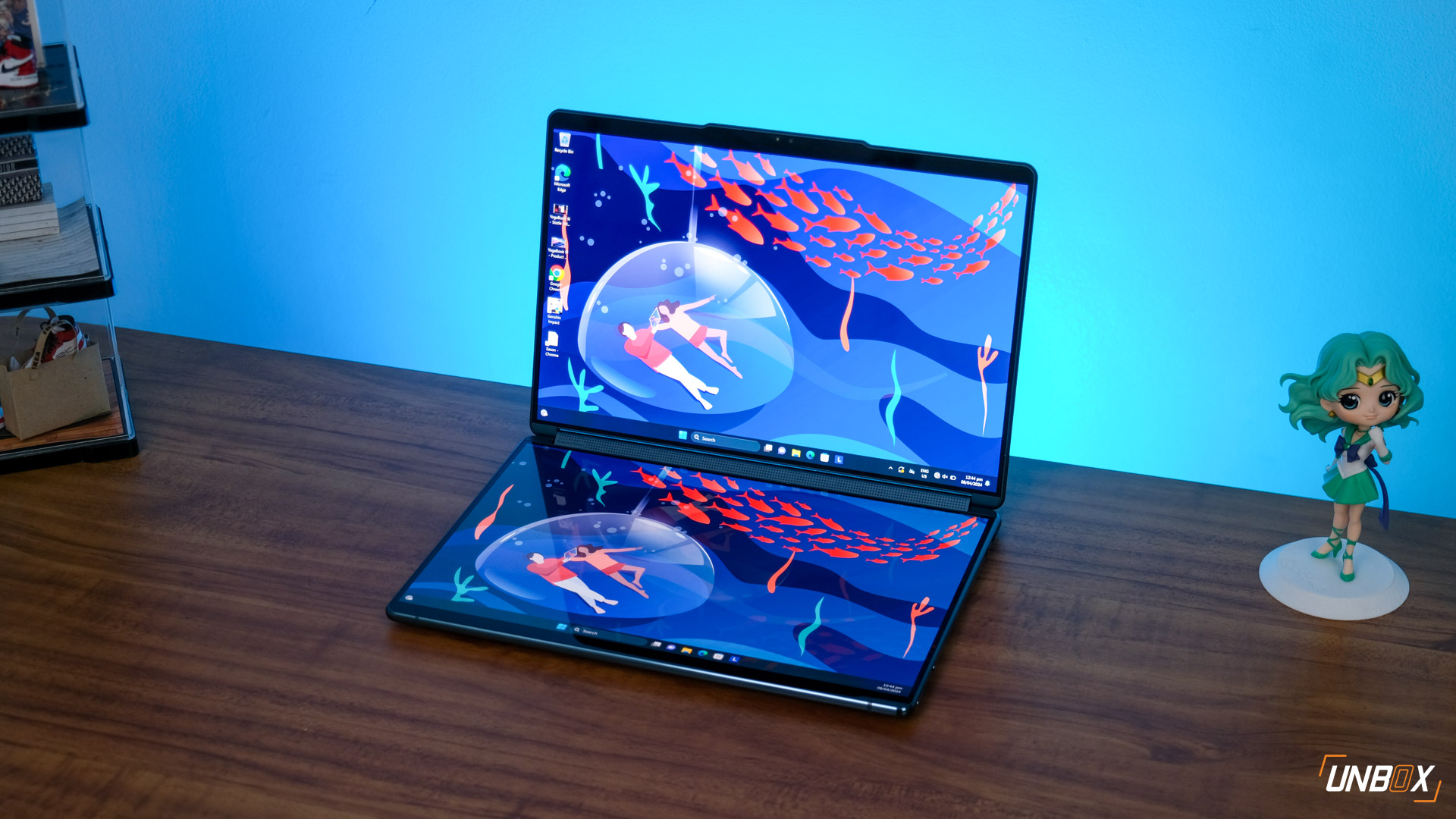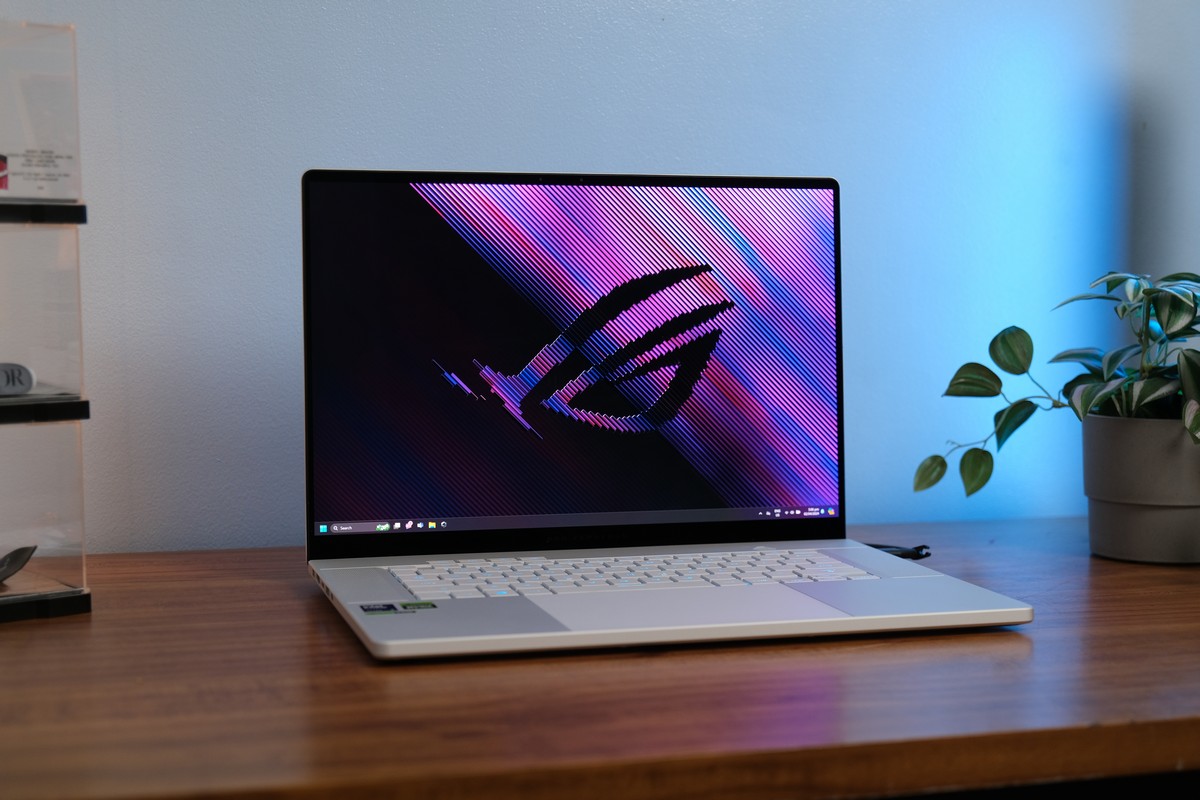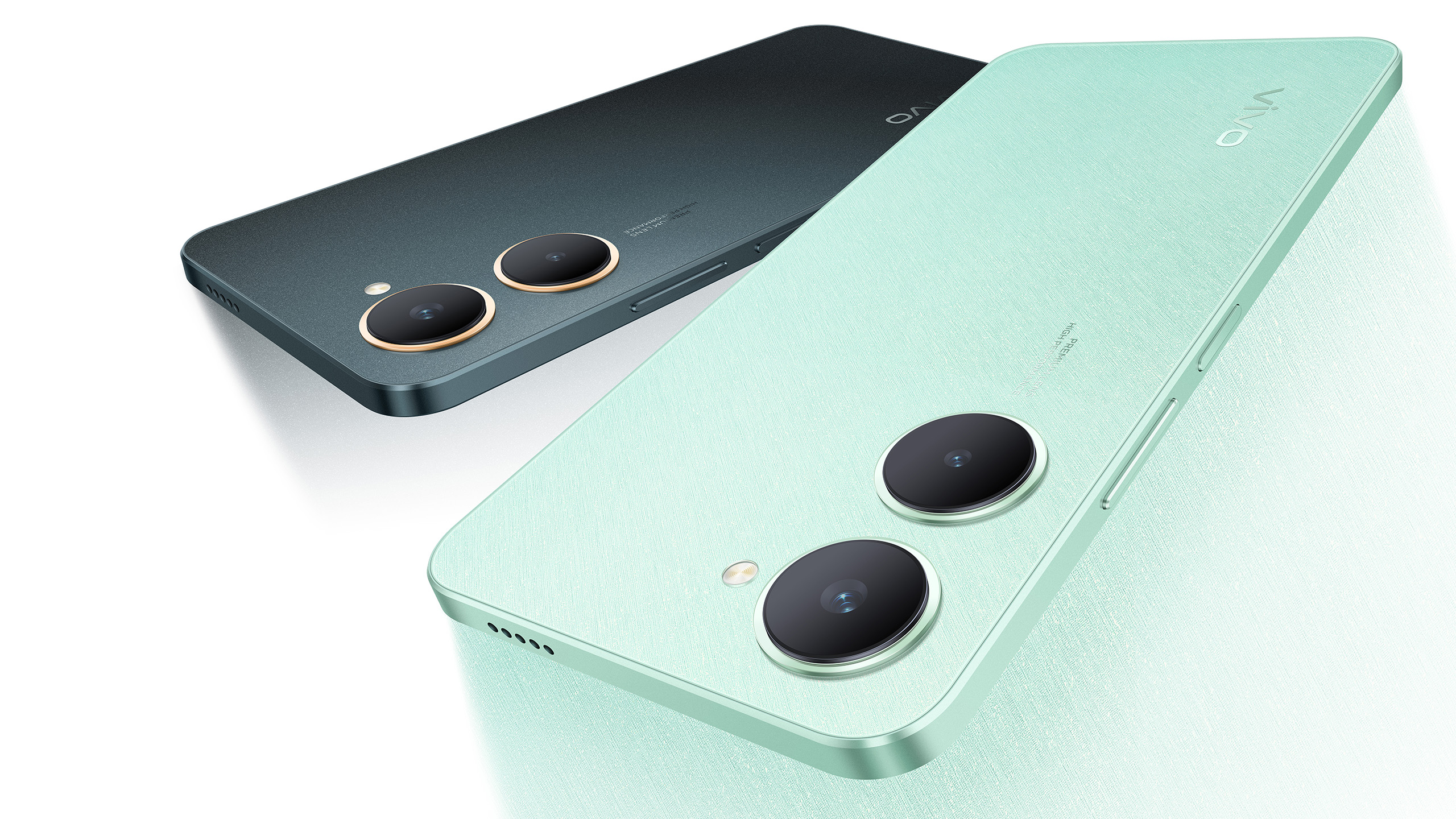 We check out HyperX’s latest product!
We check out HyperX’s latest product!
Kingston’s gaming division HyperX is no stranger to producing swag gaming gear: from gaming headsets to aluminum-bodied mechanical keyboards to gaming-grade memory and storage, HyperX has a plethora of peripherals geared to help gamers take their skills to the next level.
While the brand is a household name for PC gaming, HyperX wants to spread its wings to console gaming, starting with a PlayStation 4-certified headset and a MicroSD card made for Nintendo Switch users, as well as folks who use their phones for mobile gaming.
What is it?
The HyperX Gaming microSD card is the first memory card offering from HyperX. HyperX claims that their gaming MicroSD card can do up to 100mb/s read speeds and 80mb/s write speeds, and is made for the Nintendo Switch, as well as devices that focus heavily on high-quality content creation like 4K video recording.
 Can you tell me about all the markings in the card?
Can you tell me about all the markings in the card?
The HyperX has a bunch of labels, so let’s break it down for you: SDXC means it is a high-capacity SD card that uses an exFAT filing system. The U3 symbol means that it is a high-speed memory card that can handle 4K video recording and all Full HD video recording formats. Lastly, the A1 symbol means it is speed-optimized for handling large apps like games and video.
How fast is it?
While HyperX advertises it with up to 100mb/s read and 80mb/s write speeds, this is all theoretical. We used AndroBench to determine its actual performance, and we got sequential read speeds of 78.82mb/s and sequential write speeds of 37.97mb/s. For reference, we got sequential read speeds of 83.85mb/s and sequential write speeds of 55.17mb/s on SanDisk’s Extreme MicroSD card.
While the results show that the HyperX Gaming is slower than the SanDisk Extreme, it beats the Extreme by a small margin in random write speeds: the HyperX Gaming managed 4.94mb/s, while the SanDisk Extreme scored 3.99mb/s.
We got different results using Blackmagic’s Disk Speed test. Here, the HyperX Gaming performed better than the Sandisk Extreme, as the former attained read and write speeds of 67.5mb/s and 88.3mb/s respectively, while the latter got read and write speeds of 63.3mb/s and 88.1mb/s
While the results that we got is lower than its advertised speeds, they fall within Nintendo’s recommended MicroSD cards for the Switch.
In real-life tests, it took us around 33 seconds to transfer 2.6GB worth of video files from the computer to the HyperX Gaming MicroSD card. On the other hand, it took us around 38 seconds to transfer the same amount of video files from the computer to the SanDisk Extreme MicroSD card.
 How much will it cost?
How much will it cost?
There’s no official pricing yet for the HyperX Gaming MicroSD card locally as of this writing. However, the 256GB version costs around $150, or around Php 8,100 when converted. The 64GB version will fetch you around $40 or around Php 2,200. High-speed cards tend to be pricey, so we recommend them only if you download a ton of gaming content on your mobile phones or Nintendo Switch or if you do a lot of Full HD or 4K video recording.








